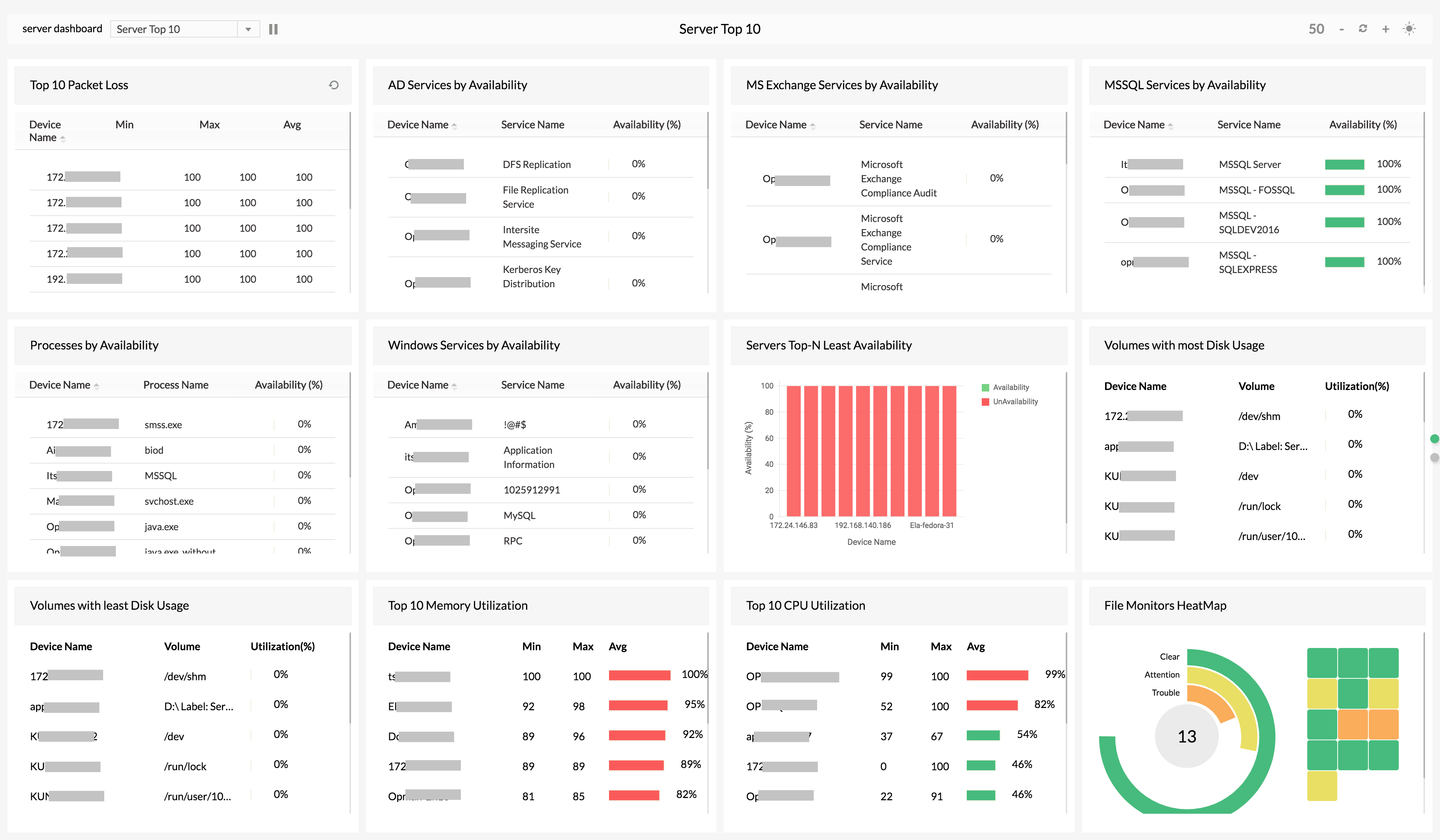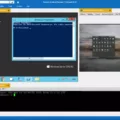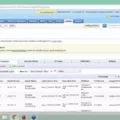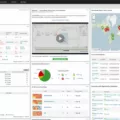When it comes to managing an IT environment, asset discovery is one of the most important tasks. Asset discovery is the process of identifying, cataloging and monitoring all of your IT assets, from hardware to software. With the ever-changing landscape of technology, it’s essential for IT professionals to stay on top of their inventory and ensure that their network is secure. That’s where asset discovery tools come in handy.
Asset discovery tools are designed to automate the process of discovering and cataloging all of the hardware and software components connected to your network. These tools provide an up-to-date inventory list of your IT assets, including information about their configuration and the software they use. This allows IT professionals to get a comprehensive understanding of their technology environment quickly and easily.
There are a variety of asset discovery tools available on the market today that can help you manage your IT environment more efficiently. Some popular options include SolarWinds Network Performance Monitor, Paessler PRTG Network Monitor, LogicNow Integrated Cloud-based IT Service Management (ITSM), ManageEngine OpManager, Nagios XI, Cacti, Zenmap, and Spiceworks. Each tool offers its own unique features and benefits that can help you keep track of your assets more effectively.
Asset discovery tools are critical for maintaining good security practices as well as meeting compliance requirements under IT Asset Management (ITAM). By using automated asset discovery processes in conjunction with active and passive network scanning techniques, you can ensure that you have an up-to-date listing of all assets connected to your network at any given time – which helps protect against rogue devices or unauthorized access points.
With so many asset discovery solutions available on the market today, there is sure to be one that meets your specific needs – whether you’re a small business or large enterprise looking for greater visibility into your IT environment. Don’t wait until it’s too late – start taking advantage of these powerful solutions today!
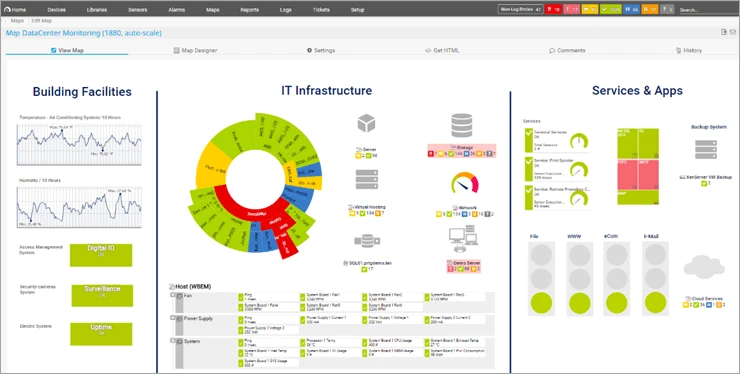
The Benefits of Asset Discovery Tools
Asset discovery tools are invaluable for IT professionals, providing them with an in-depth look into their technology environment. These programs scan all devices within a network and create a comprehensive catalog of them, including detailed information on their configuration and the software they’re running. This allows IT professionals to gain a complete understanding of their network, ensuring that all devices are properly inventoried and accounted for. Asset discovery tools can also be used to detect any potential security risks or vulnerabilities, as well as provide insights into how the network is performing overall. By giving IT professionals access to this important information, asset discovery tools help ensure that networks are secure and running efficiently.
Types of Software Used for Asset Discovery
Asset discovery software is a specialized type of software designed to help organizations keep track of their digital and physical assets. These tools can be used to identify, document, and monitor the hardware, software, and user-generated data associated with an organization’s network infrastructure. Asset discovery software can be used to detect new assets on the network, as well as track changes made to existing ones. Some popular asset discovery solutions include SolarWinds Network Performance Monitor, Paessler PRTG Network Monitor, LogicNow Integrated Cloud-based IT Service Management (ITSM), ManageEngine OpManager, Nagios XI, Cacti, Zenmap, and Spiceworks. Asset discovery tools are useful for keeping an up-to-date inventory of all your IT assets and ensuring they are configured correctly. This allows organizations to maintain control over their IT environment while also improving security and compliance measures.
The Benefits of IT Asset Discovery
IT asset discovery is a method used by organizations to identify, document, and track IT assets that are present within their network or environment. This process can be done manually or through automated tools. It allows organizations to gain visibility into the hardware and software resources they have, as well as any potential security risks or compliance issues associated with them.
When conducting an IT asset discovery, organizations typically look for information about the type of hardware and software being used on their systems, who owns it, when it was purchased, where it is located, its current status (active or inactive), and any potential vulnerabilities. By doing so, organizations can ensure that all IT assets are properly configured and up-to-date with the latest security patches. Additionally, this helps them identify any gaps in security controls that may exist on their systems.
In addition to helping organizations maintain a secure environment and comply with regulatory requirements, IT asset discovery can also help organizations optimize their resources by providing insights into which hardware and software components are being used the most (or least) and how they’re performing. This allows organizations to plan more effectively for future investments while also reducing costs associated with unused or underutilized assets.
The Benefits of Using an Automated Asset Inventory Discovery Tool
An automated asset inventory discovery tool is a type of software that helps organizations keep track of their network-connected assets. This tool scans the network to identify all connected devices, including routers, switches, servers, and endpoints. It also keeps track of hardware and software information such as serial numbers, operating systems, patch levels, and more. The asset inventory discovery tool can detect rogue assets that are not supposed to be on the network and alert administrators so they can take appropriate action. By using an automated asset inventory discovery tool, businesses can ensure they have a secure and up-to-date inventory of their network-connected assets.
Choosing the Best Asset Management Software
The best asset management software for your business depends on a variety of factors such as the size of your organization, the type of assets you need to track and manage, as well as your budget. When selecting an asset management software, it is important to consider the following 8 key features: holistic asset tracking capabilities, features, security, reporting, mobile app, cloud-enabled capabilities, customization, and support.
Holistic asset tracking capabilities should include real-time GPS tracking so that you can monitor assets both in and out of the office. Make sure that the software offers all the features that you need in order to effectively manage assets such as automated alerts for low stock levels or expiring warranties. Security is also critical when it comes to asset management; ensure that the software has reliable data encryption and authentication protocols in place to protect confidential information. Additionally, look for a solution with robust reporting capabilities so that you can easily generate reports on asset performance or usage trends.
If you have a mobile workforce or are managing assets across multiple locations, make sure that the software you choose offers a mobile app. This will allow users to access information from anywhere with an internet connection. Cloud-based solutions are also beneficial since they enable data sharing between different departments and users without having to manually transfer files. Additionally, look for a software solution with extensive customization options so that it can be tailored to meet your specific needs. Finally, make sure that the vendor provides excellent customer support either through phone or email should any issues arise.
The Benefits of Asset Tracking Systems
Asset tracking systems are digital tools used to keep track of physical assets that have been tagged with unique identifiers. They provide data on the location, inventory, and maintenance of physical items, helping managers ensure assets are in the right place at the right time. Asset tracking systems also enable users to store vital asset information, as well as alert them when their stock of spare parts is running low. This helps businesses stay organized and efficient while reducing operational costs. By providing real-time insights into asset movements, asset tracking systems can help companies make informed decisions about their operations.
Software Platform for Asset Records and Tracking
ManageEngine AssetExplorer is the software platform we use for asset records and tracking. It provides an integrated IT asset management solution that helps organizations manage both software and hardware assets. AssetExplorer offers powerful features for tracking, managing, and reporting on assets throughout their life cycle, from acquisition to disposal. It includes features such as asset discovery, license compliance tracking, inventory management, vulnerability assessment, and more. With AssetExplorer, it’s easy to identify any gaps in asset information while ensuring all necessary data is collected according to IT best practices.
Conclusion
In conclusion, IT asset discovery tools are necessary for organizations of any size to maintain a secure and compliant network. They allow IT professionals to gain a comprehensive understanding of their technology environment by scanning every device within a network and creating an up-to-date asset inventory. This provides the information needed to ensure that all assets are accounted for and any potential security risks can be identified and addressed. With the help of these powerful tools, organizations can ensure that their IT infrastructure is secure and compliant with all relevant regulations.





